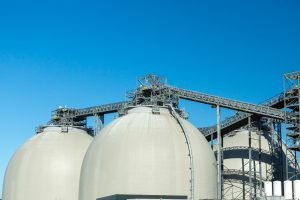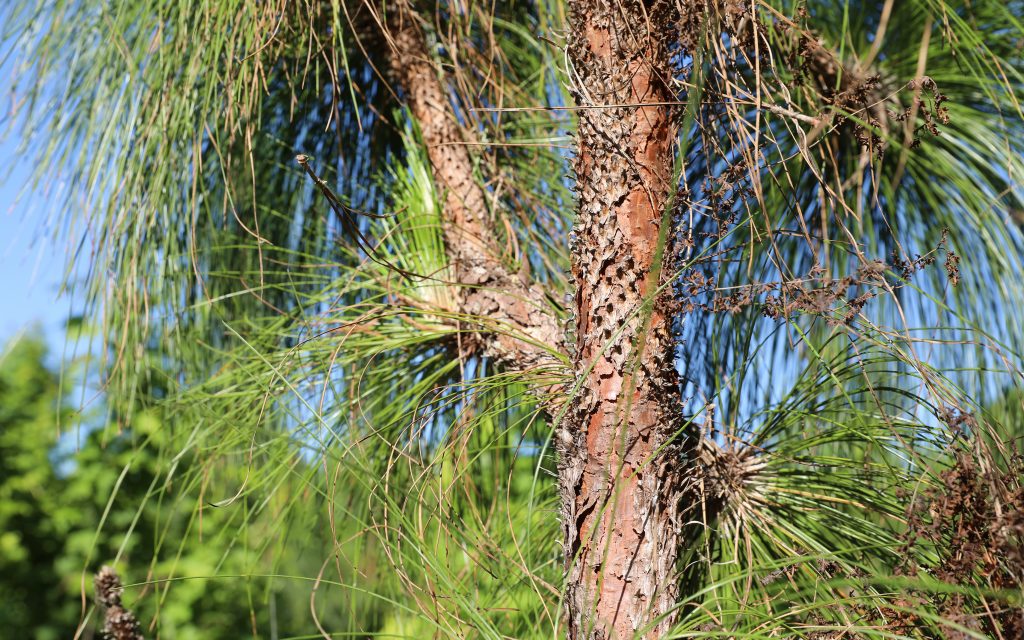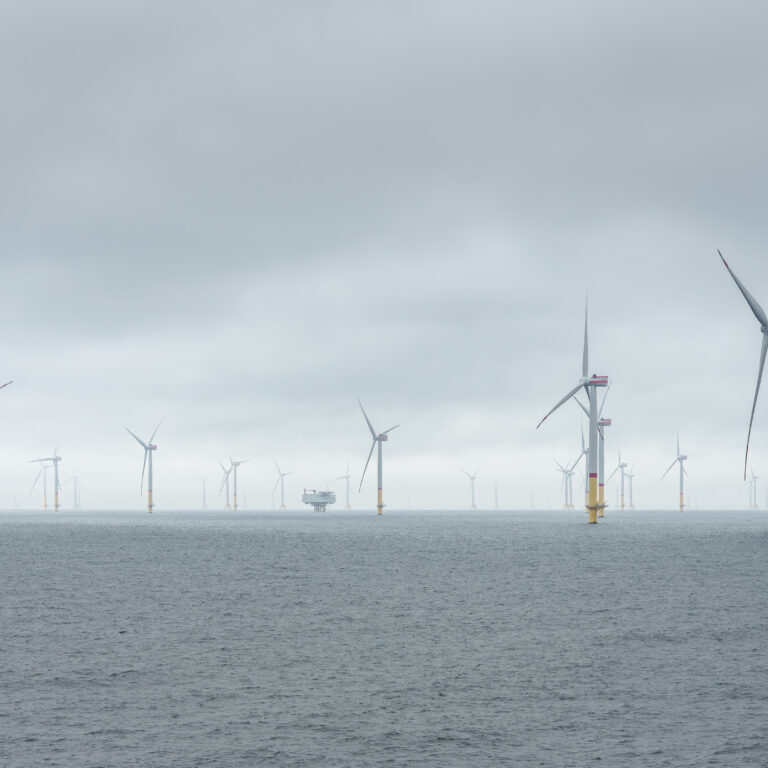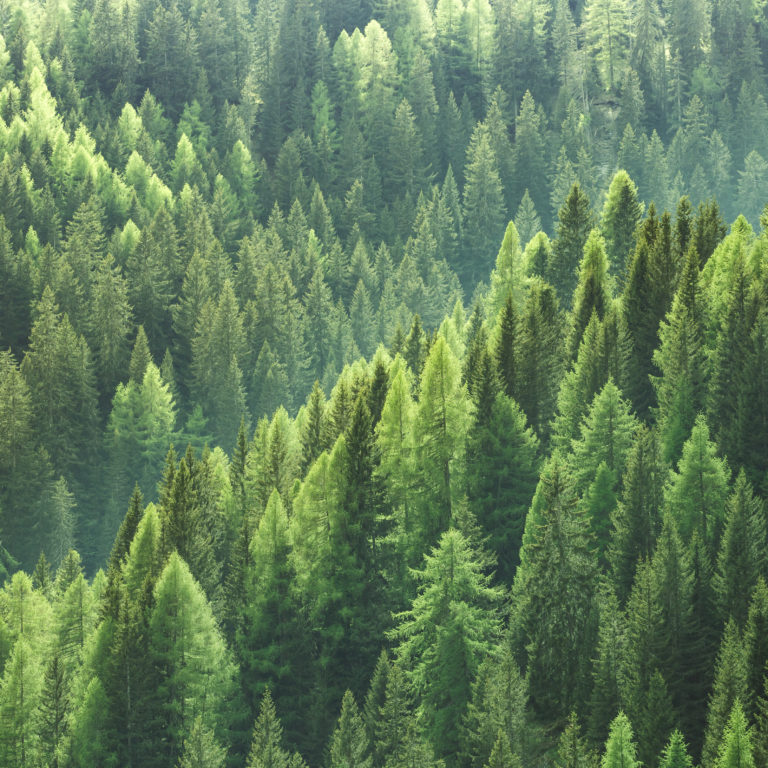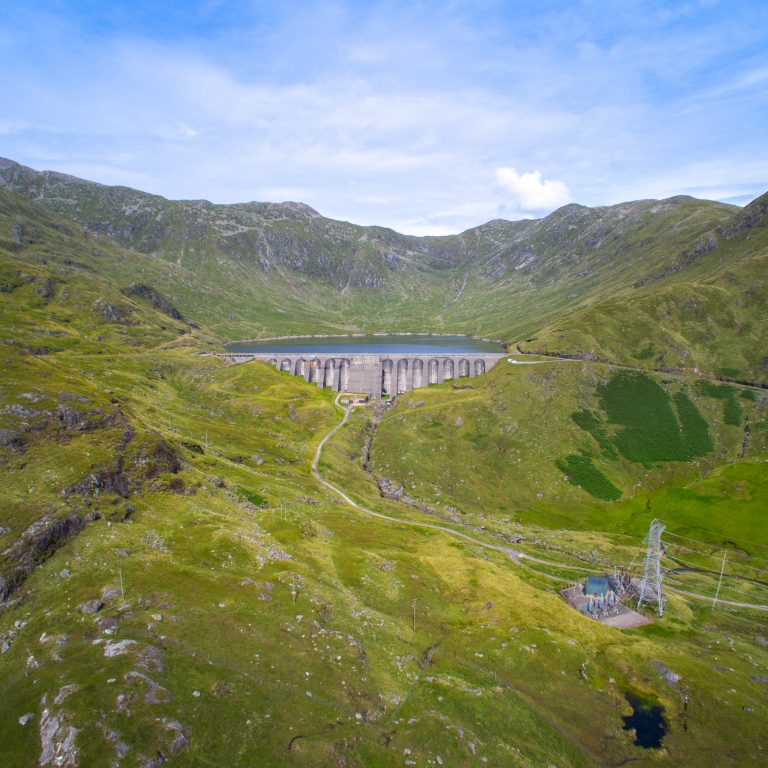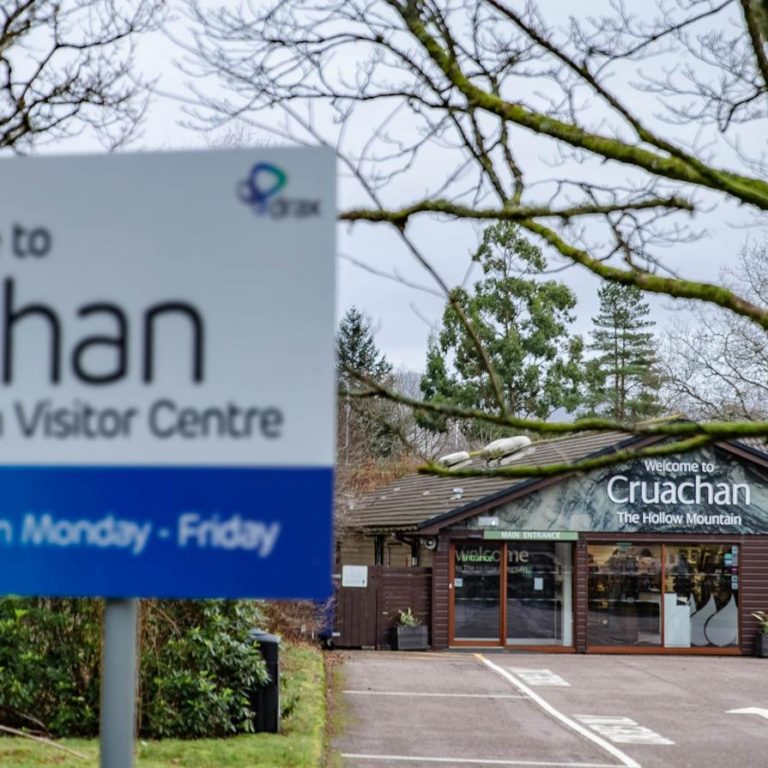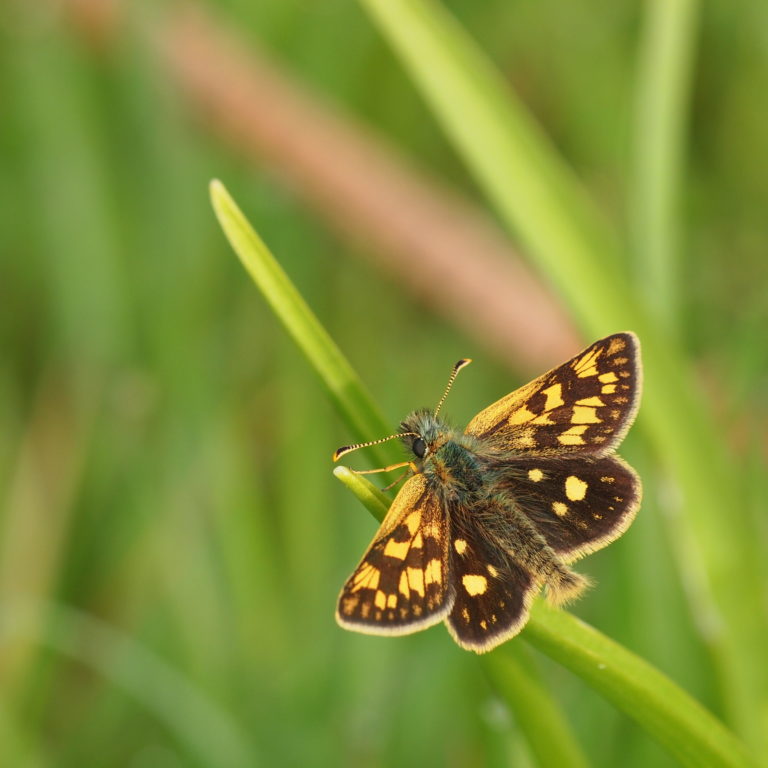Longleaf pine forests were once a dominant ecosystem across the Southern US’ Gulf and Atlantic states, spanning from the east coast in Virginia as far west as Texas. However, centuries of overuse and conversion to agriculture and to faster growing pine species mean today less than 5% of the estimated 90 million acres remain.
Restoration of the longleaf pine savanna is now underway and the careful management of both public and private forests is key to preserving this ecosystem. Wood product and biomass markets play an important role in this, ensuring there is an economic incentive for landowners to plant high-value longleaf pines and manage them in a way that promotes conservation.
An ecosystem shaped by fire
The ancient abundance of longleaf pines across the southern US owes to their highly pyrophytic nature, meaning they are resistant to fire. This allowed the trees to survive both the naturally occurring forest fires from summer thunderstorms and those started as land management by native Americans. These regular fires help give the longleaf savanna its distinctive features, with a limited canopy providing ample sunlight and allowing grasses and herbs to grow in the nitrogen-rich soil.
As colonial settlements expanded across North America, the long straight timber offered by the pines, as well as the resin and turpentine, made these forests a valuable resource. Longleaf pine ecosystems reached a depleted state.
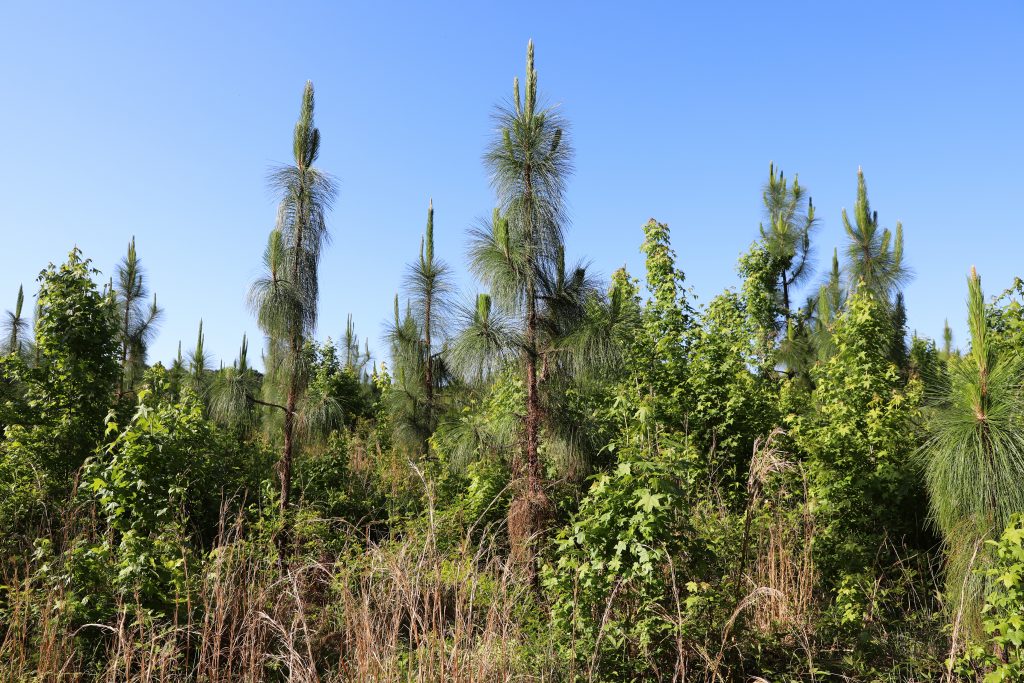
The restoration push
Today, America’s Longleaf Restoration Initiative (ALRI) is taking strides to restore the species. The collaborative effort between public and private sector partners has set a 15-year goal of increasing longleaf acreage from 3.4 million to 8.0 million acres by 2025.
These ecosystems are currently home to an estimated 900 endemic plants and 29 federally listed species including the red-cockaded woodpecker, gopher tortoise and indigo snake.
Restoring the environment in which the flora and fauna can flourish is not as simple as planting large numbers of longleaf pine trees.
“Conservation efforts must focus on not only the planting of the pine, but also the restoration, development, and maintenance of the pine savanna ecosystem,” says Kyla Cheynet, a forest ecologist at Drax Biomass. “This system requires predictable disturbance to maintain the open canopy and rich herbaceous vegetation.”
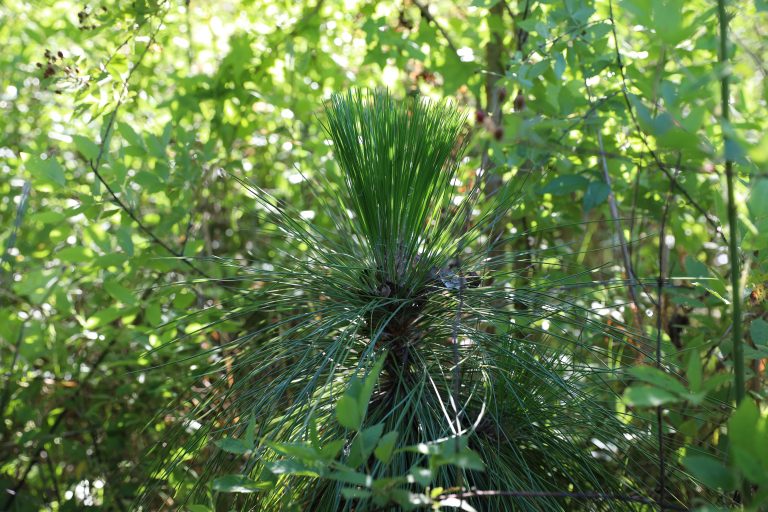
The role of the wood product market
These disturbances include prescribed fires and the careful harvesting of trees to ensure the landscape maintains its open canopy that allows plenty of sunlight to reach the grasses and other vegetation along the forest floor.
The ALRI’s 2016 report highlighted the importance of thinning and prescribed fires in conserving longleaf savanna. It found that while new planting of longleaf pines declined slightly (8%) from 2015, the wildlife quality, plant diversity and overall health of forests improved by removing competing tree species and allowing more sunlight to enter the forest.
Harvesting or thinning longleaf pine forests provides a small percentage of the fibre used to manufacture compressed wood pellets used at Drax Power Station, but these markets help to incentivise responsible forest management and offer a source of profit for landowners. These revenue-generating practices are crucial to ensuring the continued survival of longleaf pine forests by preventing them from being converted to agricultural land or lost to development.




